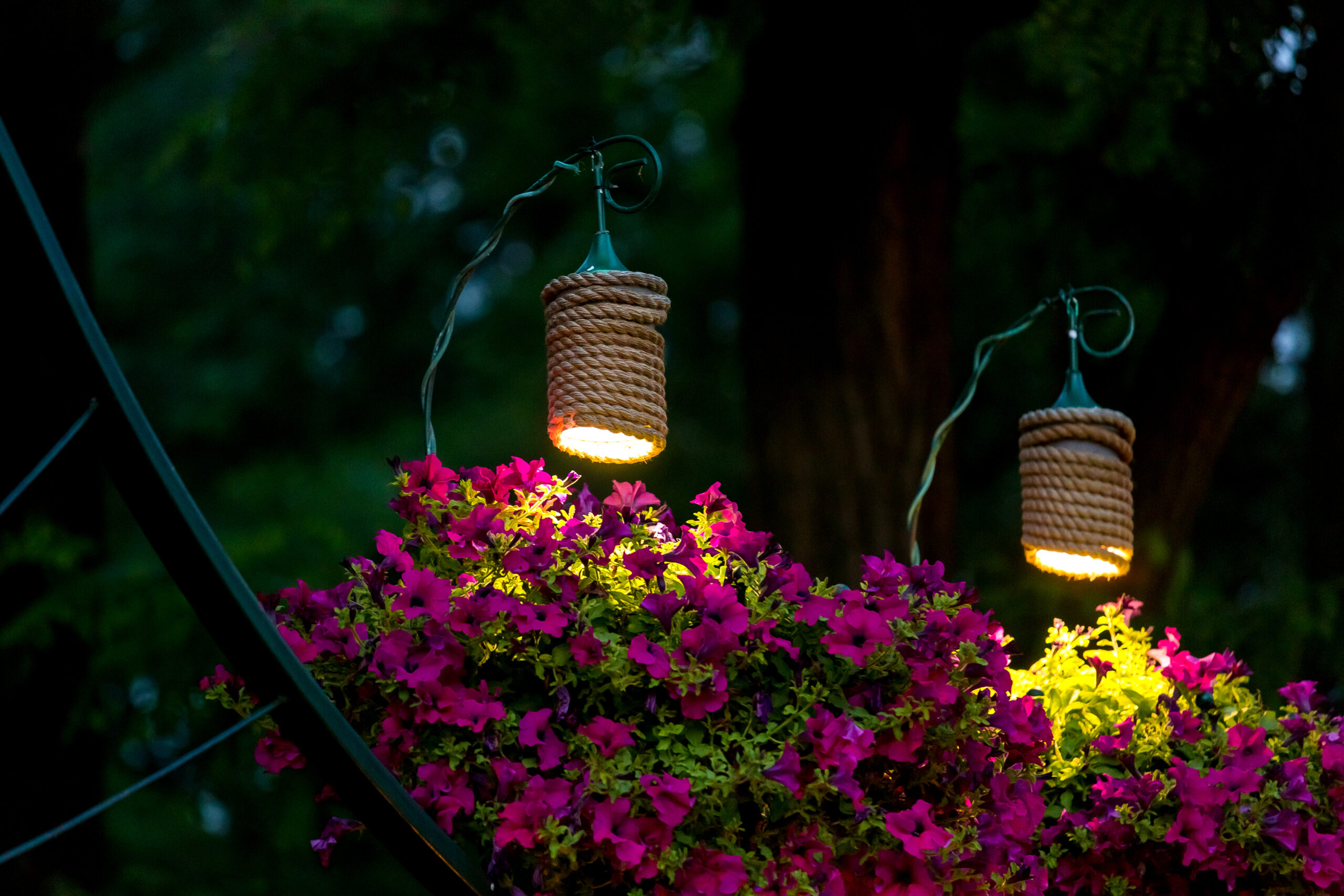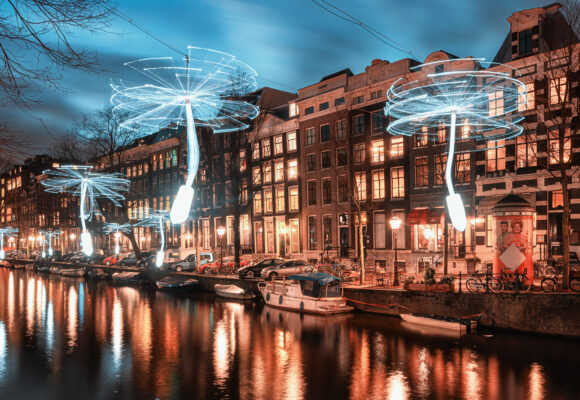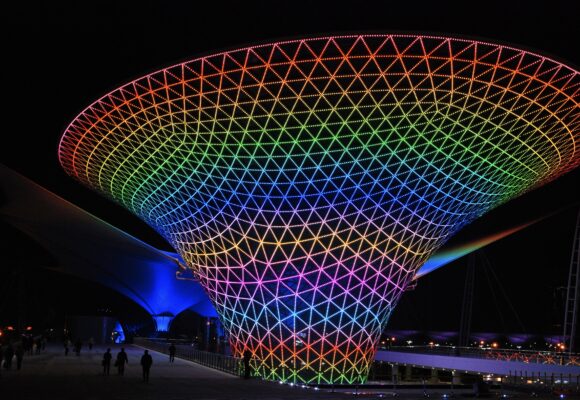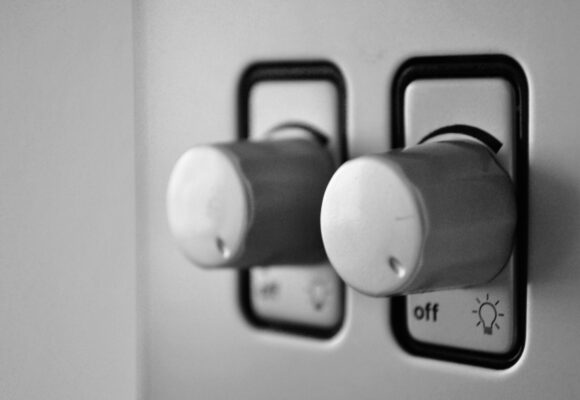A Comprehensive Guide to Lighting Your Garden
Gardens are not just outdoor spaces; they are extensions of our living areas, offering places of tranquility and beauty. Properly lighting your garden can transform it into a magical oasis, extending its usability well into the night. From practical considerations like safety and security to aesthetic enhancements that showcase your garden’s best features, there’s a myriad of lighting options available. In this guide, we’ll delve into the art and science of lighting your garden, exploring various types of lighting, techniques, and tips to help you create an enchanting outdoor sanctuary.
1. Understanding the Basics:
- Before diving into specific lighting techniques, it’s essential to understand the basic principles of garden lighting.
- Consider factors such as the garden’s layout, key focal points, existing vegetation, and the desired ambiance.
- Assess the available power sources, whether it’s traditional electrical outlets, solar power, or battery-operated options.
- Determine the function of each lighting fixture, whether it’s for safety, security, or aesthetic purposes.
2. Types of Garden Lighting:
- Path Lighting: Path lights are indispensable for safely navigating through the garden at night. They come in various styles, including stake lights, bollard lights, and lanterns, illuminating pathways and guiding visitors.
- Accent Lighting: Accent lights are used to highlight specific features within the garden, such as trees, sculptures, or architectural elements. Spotlights, floodlights, and well lights can be strategically placed to draw attention and create visual interest.
- Deck and Patio Lighting: Deck and patio lighting extend the functionality of outdoor living spaces, providing ambient illumination for relaxation and entertainment. Options include recessed lights, post lights, string lights, and even integrated lighting within decking materials.
- Floodlights: Floodlights are ideal for illuminating large areas of the garden, such as lawns, flower beds, and outdoor entertaining spaces. They provide ample brightness for security purposes while also accentuating the overall landscape.
- Water Feature Lighting: Underwater lighting can transform ponds, fountains, and waterfalls into mesmerising focal points. Submersible LED lights create stunning visual effects, casting shimmering reflections and enhancing the beauty of water features.
- Wall Wash Lighting: Wall wash lights are mounted on walls or fences to bathe vertical surfaces in soft, diffuse light. They add depth to the garden landscape, highlighting textures and architectural details while creating a warm ambiance.
- Security Lighting: Security lights, such as motion-activated fixtures and wall-mounted lights, enhance safety by illuminating dark areas and deterring intruders. Properly positioned security lighting can provide peace of mind while also complementing the overall lighting design.
- Solar Lighting: Solar-powered lights harness the sun’s energy to illuminate the garden, offering an eco-friendly and cost-effective lighting solution. They are easy to install and versatile, making them ideal for areas without access to traditional power sources.
- Smart Lighting: Smart lighting systems provide advanced control and customisation options, allowing users to adjust brightness, colour, and scheduling remotely. Wi-Fi-enabled fixtures and motion sensors offer convenience and flexibility, enhancing the overall outdoor lighting experience.
3. Design Considerations:
- Layered Lighting: Just like indoor spaces, outdoor lighting benefits from layered illumination. Combine ambient, task, and accent lighting to create depth and dimension in your garden.
- Lighting Zones: Divide your garden into zones based on function and desired ambiance. For example, separate seating areas may require softer lighting for relaxation, while pathways and entry points need brighter illumination for safety.
- Colour Temperature: Choose the right colour temperature for your lighting fixtures to complement the garden’s aesthetic. Warm white light (2700-3000K) creates a cozy atmosphere, while cooler temperatures (4000-5000K) enhance visibility and security.
- Fixture Placement: Consider the placement of lighting fixtures to achieve optimal effects. Experiment with different angles and heights to highlight focal points and minimise glare.
- Energy Efficiency: Opt for energy-efficient lighting options, such as LED fixtures and solar-powered lights, to reduce electricity consumption and minimise environmental impact.
4. Installation and Maintenance:
- Safety First: When installing lighting fixtures, prioritise safety by following manufacturer guidelines and local electrical codes. Use waterproof connectors and bury cables to a suitable depth to prevent damage.
- Regular Maintenance: Keep your garden lighting in top condition by cleaning fixtures, replacing bulbs, and trimming vegetation that may obstruct light output. Inspect cables and connections periodically to ensure proper functioning.
- Adjust and Adapt: As seasons change and plants grow, periodically reassess your lighting design to accommodate any alterations in the garden landscape. Adjust fixture angles and positions as needed to maintain optimal illumination.
5. Creative Lighting Ideas:
- Moonlighting: Install fixtures high in trees to mimic the natural effect of moonlight filtering through branches, casting dappled shadows on the ground below.
- Silhouetting: Position lights behind tall plants or sculptures to create striking silhouettes against walls or fences, adding drama and intrigue to the garden.
- Up-Lighting: Illuminate trees from below to showcase their majestic canopy and architectural structure, adding depth and dimension to the garden landscape.
- Pathway Patterns: Experiment with different patterns and spacing for path lights to create visual interest and guide visitors along meandering pathways.
- Colour Changing Effects: Incorporate colour-changing LED lights to add a whimsical touch to the garden, allowing you to create dynamic lighting scenes for special occasions or holidays.
Lighting your garden is a creative endeavour that combines practicality with artistic expression. By understanding the different types of lighting available, considering design principles, and implementing creative ideas, you can transform your outdoor space into a captivating sanctuary that delights the senses and enhances your enjoyment of the garden, day and night. Whether you seek safety, security, or simply want to showcase the beauty of your surroundings, there’s a perfect lighting solution waiting to illuminate your outdoor haven.




 No products in the basket.
No products in the basket. 
